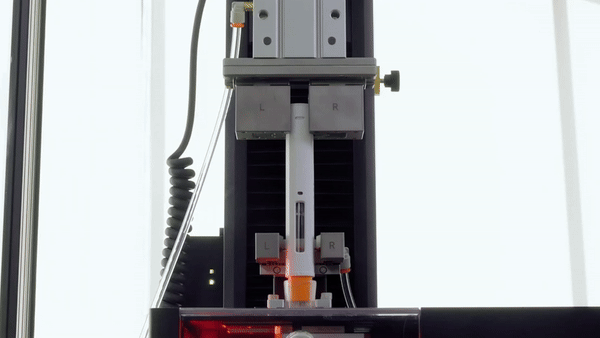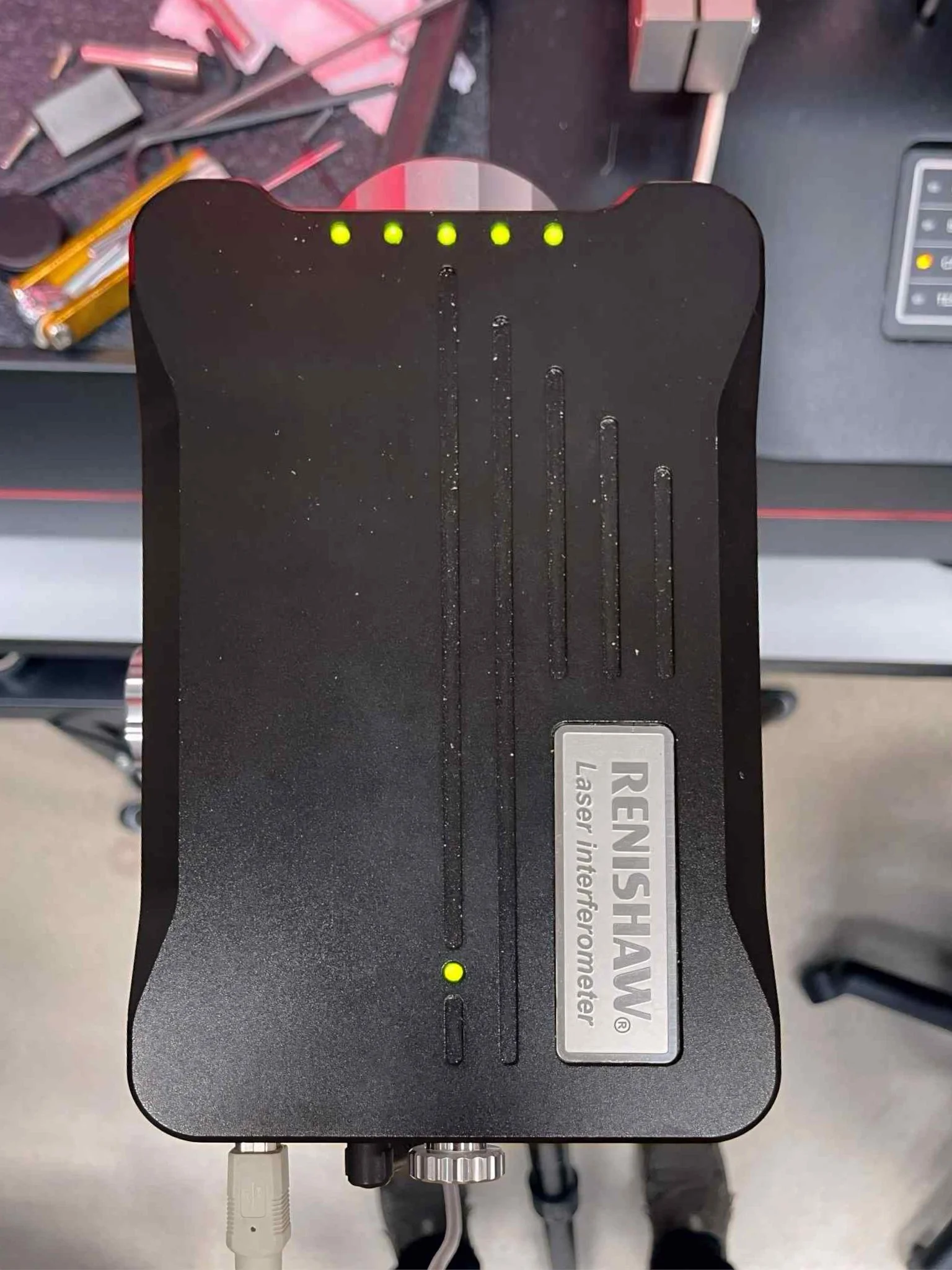Laser Interferometer Alignment Fixture
Instron | Advanced Video Extensometer | Fixtures
Overview
I designed an alignment fixture that introduced additional degrees of freedom to a laser setup used in verification and validation testing. This fixture significantly reduced setup time between testing configurations and made the process more accessible for users with minimal prior experience.
Solutions
Improved Alignment: Added degrees of freedom to enhance laser fixture precision, increasing viable test space.
User-Friendly Setup: Simplified alignment, making the system accessible to non-experts.
Damage Prevention: Reduced risk of optic damage with refined alignment methods.
Cost-Effective Design: Utilized 3D printing and existing hardware for an efficient solution.
Challenges
Misalignment of laser optics affecting measurement accuracy.
Risk of optic damage due to existing alignment methods.
Complex setup process, requiring expertise to operate.
Design & Development
Concept Generation ❖ CAD ❖ Prototyping
Manufacturing
Material Selection
Communication
Cross-Functional Collaboration ❖ Documentation
Improved Alignment
The Renishaw laser interferometer uses top and bottom optics to measure separation distance for tensile displacement verification. Due to the large travel range of the Instron system, minor angular offsets would cause laser misalignment. I developed an alignment fixture using an X-Y stage, 3D printed adapter plate, slotted features, and leveling set screws to enable fine adjustments. This ensured consistent, accurate tracking throughout the test.
Before
After
Easy to use
During a recent V&V cycle, we onboarded two new team members to support performance verification of our advanced video extensometer. With 32 setup changes required, the Renishaw laser interferometer needed to be repeatedly assembled and aligned. Using the fixture, we reduced total alignment time from 32 hours to just 2.7 hours (92% improvement). This efficiency allowed the team to ramp up quickly and stay on track for the review gate and product launch.
Minimal Downtime
I leveraged available spare components and 3D-printed a functional solution using Markforged Onyx—chosen for its high stiffness and suitability for the application. This approach was not only cost-effective but also faster than outsourcing to a machining service. It also enabled quick iteration and easy feature additions for future needs.
Final Product
Impact:
Significant Time Savings: Reduced total laser setup time from 32 hours to 2.7 hours (92% reduction).
Expanded Testing Capability: Removed limitations caused by poor laser signal alignment, allowing for a larger usable test area.
Cost Efficiency: Minimized risk of damaging a $3.5K optic with a simple, $9 solution.





